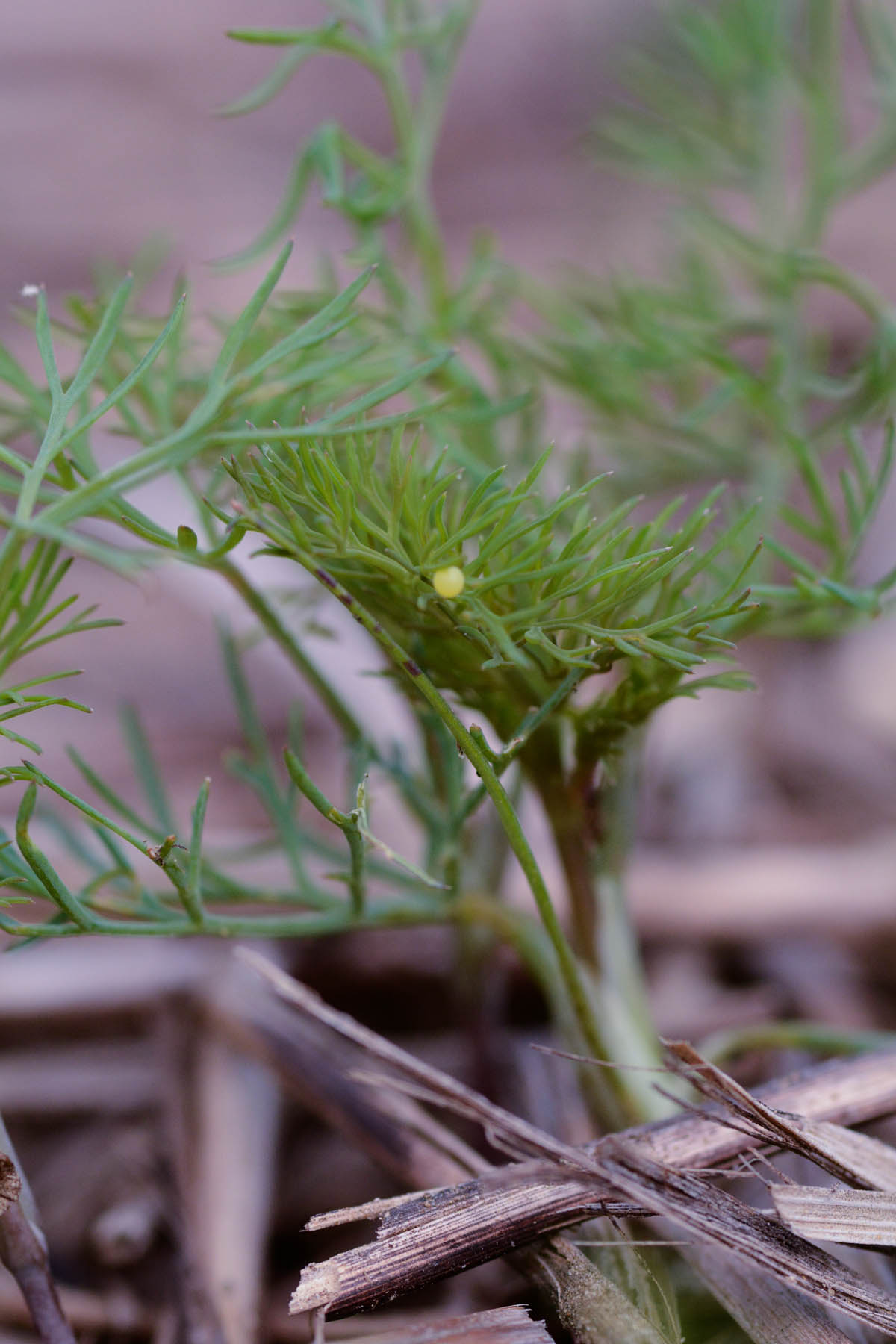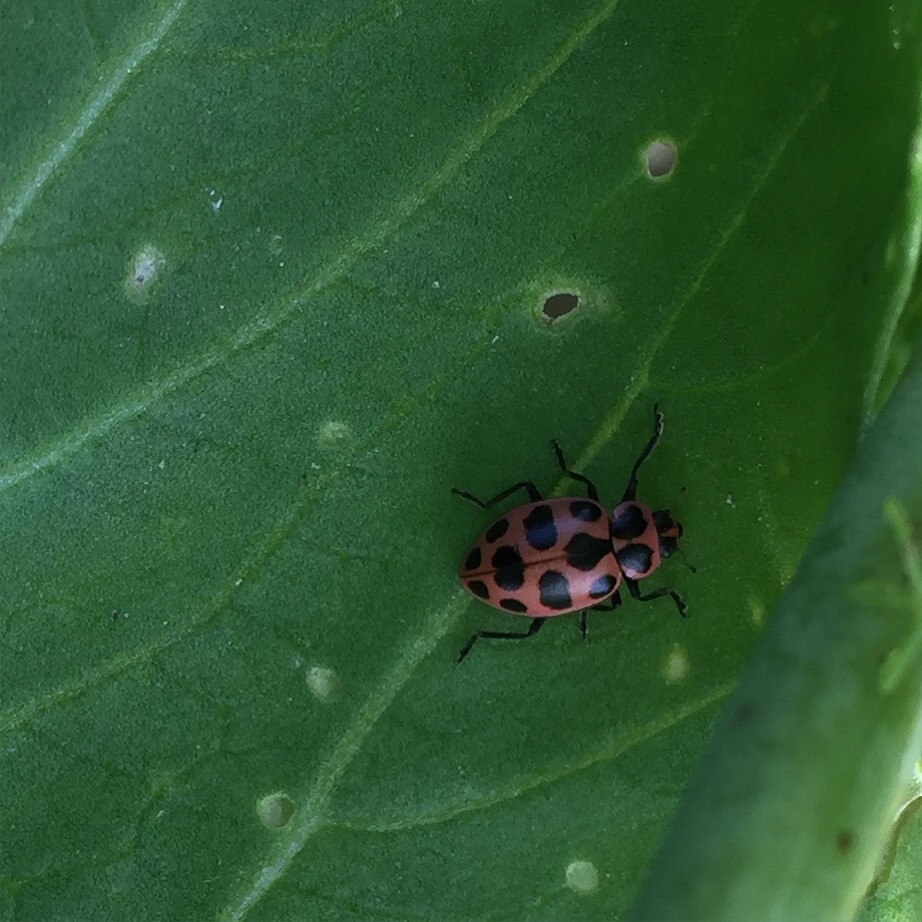It’s finally gardening season here in the northeastern US, and one of my favorite spring rituals has begun: watching for interesting plants that sprout up unannounced in my garden beds. Gardeners call these plants volunteers. Every year, volunteers show up in places I didn’t put them and don’t expect them to be. Sometimes they’re weeds whose seeds blew in from somewhere else in the neighborhood. Sometimes they’re plants I grew last season that managed to spread their seeds willy-nilly around the garden before I noticed. No matter how they arrived, they never disappoint.
This year, I’m particularly blessed with volunteer dill. Lots and lots and lots of it. I’m talking about a forest of dill. Which is cool, because I like dill. I’ll be chopping it and sprinkling it on salads and soups all summer long. And I’ll dry some to sprinkle all winter, too. But the real reason the forest of dill thrills me? Some of my favorite butterflies adore it.
Late yesterday afternoon, my daughter and I spotted our first-of-the-year Eastern black swallowtail in the garden. It was female, and she was flying low over a patch of dill seedlings. We saw her alight here and there, a few milliseconds at a time. We tried to get a picture, but she didn’t stay still long enough for that. We had a good idea why she might be touching down so regularly, though. We watched and waited. Once she’d flown out of the garden for good, we got down on our hands and knees in the dill. And sure enough …

Do you see it? The yellow orb in the middle of the photo? That gift, for me, is the real joy of this year’s volunteer dill plants: I’ve got myself a nursery of Eastern black swallowtail butterfly eggs, right in the back yard! Let’s spend the next few months watching them, shall we?






